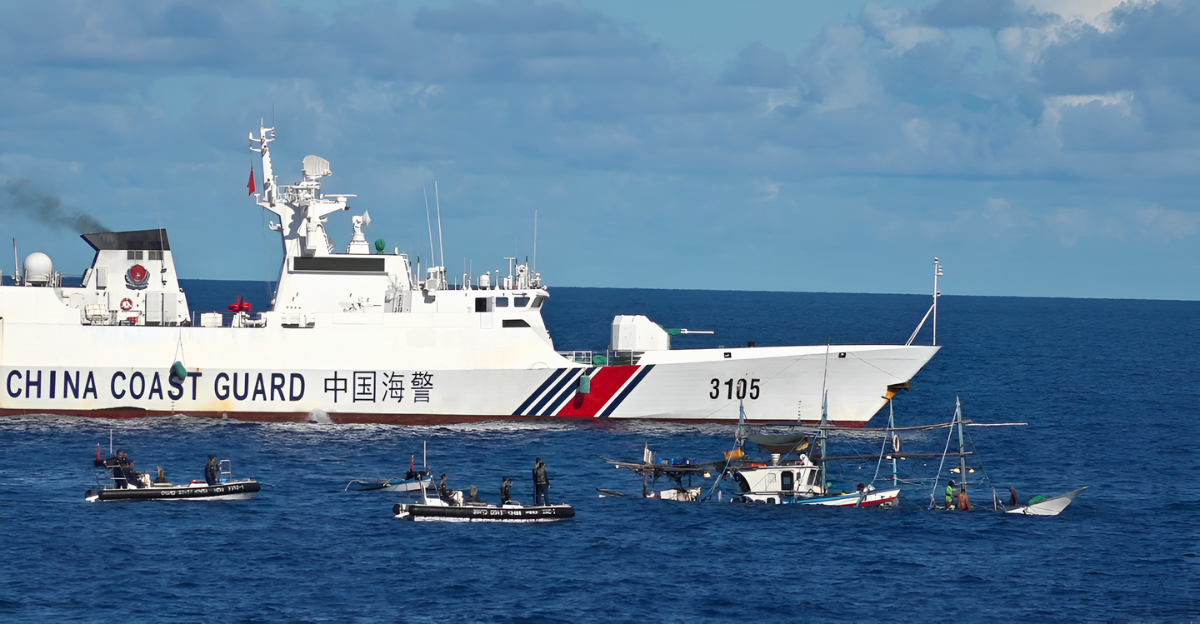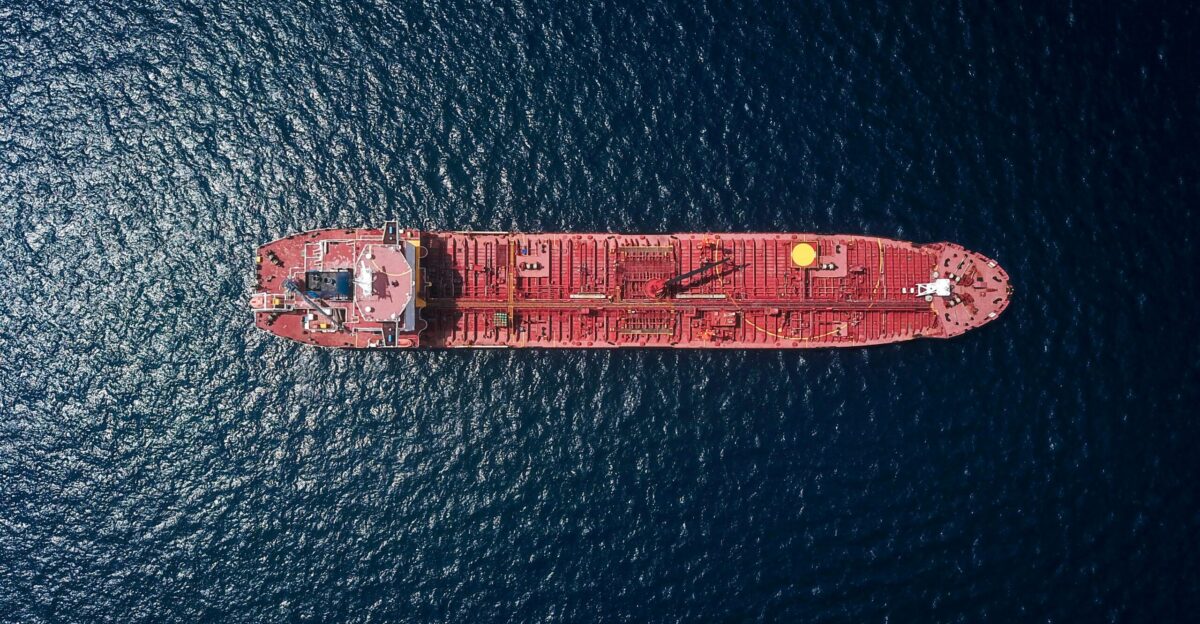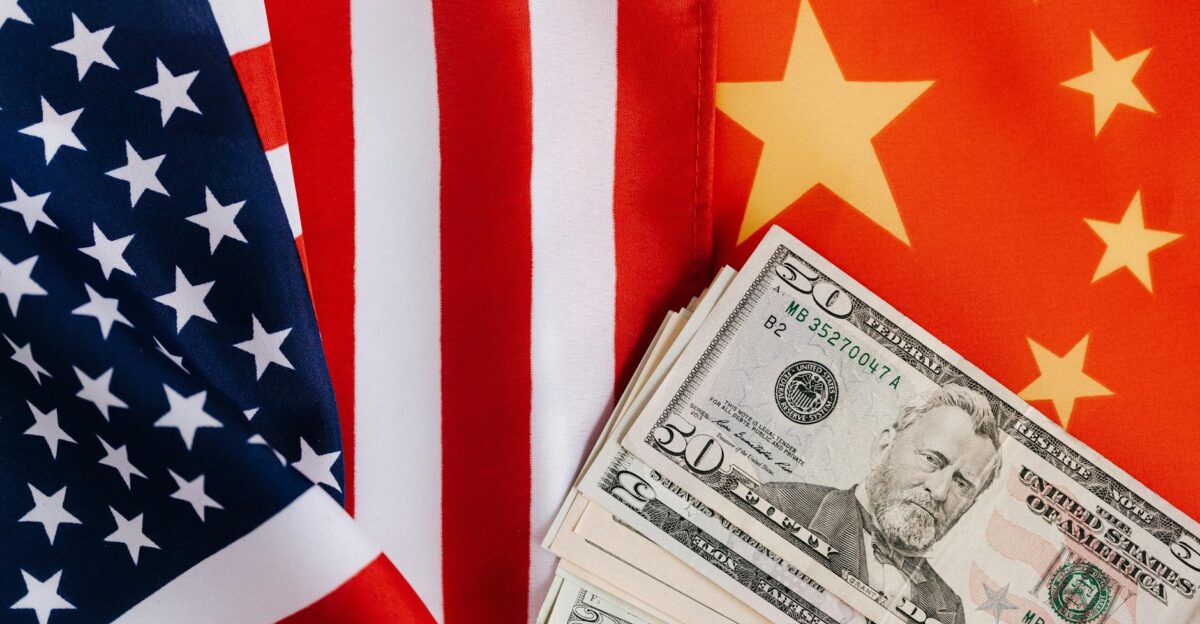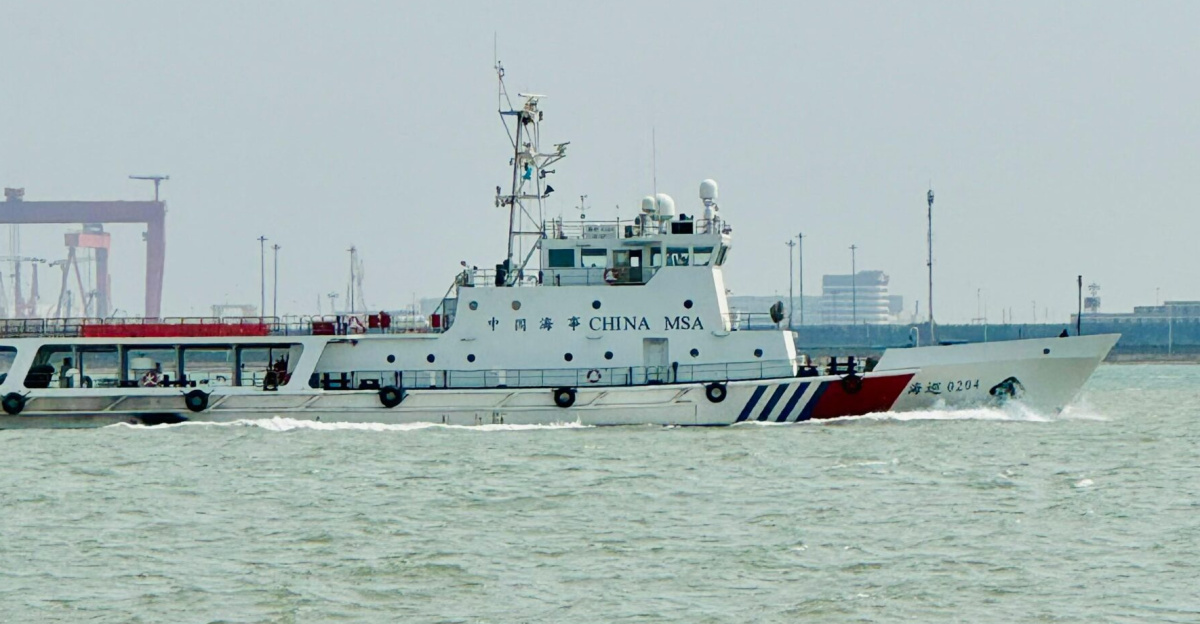
The South China Sea is an important and busy waterway where over $3 trillion is shipped annually. Anything you can imagine gets shipped through the waterway, from essential electronics to oil and food.
Many industries, businesses, and consumers hinge on this supply route, so if anything were to block it, the prices of numerous items would be affected.
US-Philippines Deal

The US wants to increase its presence near the South China Sea. To achieve this, the US and the Philippines made a deal to let American troops bolster Philippine military bases.
This isn’t about establishing a permanent presence in the region but about establishing a temporary forward base for the US and defending allies’ interests.
Why Does It Matter?

The Enhanced Defense Cooperation Agreement (EDCA) allows American troops and military supplies to be stationed at select Philippine bases on a rotating, non-permanent basis.
With more American troops in Philippine military bases, any concerns or trouble that emerge in the South China Sea will see an increased and rapid response. The US is prepared to protect allied forces and assets in the Pacific.
China’s Objections

China has seen the EDCA as a way to limit its influence in the region and strongly opposes it.
According to the Chinese Foreign Ministry, American access to Philippine bases is perceived as a challenge to Chinese sovereignty, particularly as some bases are close to sensitive areas like the Bashi Channel.
Competing Claims

Several nations, including Vietnam, Malaysia, Brunei, and the Philippines, claim territory in the South China Sea. This shared claim can cause tensions and escalation in the region.
The South China Sea is an important asset; many nations want access to its resources and fishing grounds. Each country can see an increased presence as an encroachment on its territory.
Resources

According to the US Energy Information Administration, the South China Sea has about 11 billion barrels of oil and 190 trillion cubic feet of natural gas in both found and probable reserves.
In addition to being an important world resource, the South China Sea is an important economic driver for many nations, hosting about 10% of the world’s fish catch.
The Nine-Dash Line

China’s “nine-dash line” is a sweeping boundary shown on Chinese maps. It claims nearly the entire South China Sea—about 90% of its area.
This claim overlaps with many exclusive economic zones (EEZs) that have already been assigned to other countries in the region, such as the Philippines, Vietnam, Malaysia, and Brunei, by the United Nations Convention on the Law of the Sea (UNCLOS).
A Vital Trade Route

The $3,4 trillion worth of trade in the South China Sea is vital for many countries, including China, Japan, South Korea, and major Western nations.
These countries depend on uninterrupted shipping via the South China Sea for oil, gas, electronics, and raw materials. If the region’s trade is interrupted for any reason, there could be global shortages and price shocks within days.
Implications After The Deal

The US-Philippine agreement has been seen as a way of responding to China asserting more influence over the area through artificial island-building, coast guard expansion, and the enforcement of the “nine-dash line” claim that covers most of the sea’s area.
The Philippines is no longer interested in protesting diplomatically and has turned to the US to take a more active role in regional security.
New Military Arrangements

Now that US facilities are allowed in the Philippines, both nations can share joint drills, pre-position disaster relief supplies, and share important military intelligence.
According to the US Embassy in the Philippines, joint activities between the nations would help bolster response and readiness in the South China Sea.
Other Nations’ Reactions

Other nations, like Japan and Australia, have seen the agreement as a way of shifting power to a more balanced state in the territory. Their Southeast Asian neighbors have been more cautious but quietly upgraded their own security capabilities in response to rising tensions.
Local Philippine residents worry that a greater US presence could make the country a target in a regional crisis, impacting local communities without any connection to escalating tensions.
Impact on World Trade

Any major clash in the South China Sea could block vital shipping lanes, forcing ships to take longer routes and sharply increasing costs.
According to experts at CSIS, even temporary disruptions would quickly lead to price hikes and possible shortages of goods worldwide.
Ongoing Tensions

Reported incidents in 2024 and 2025 include Chinese coast guards using water cannons and ramming Philippine government and fishing vessels.
According to the Associated Press and the Philippine Fisheries Bureau, such confrontations put civilian crews and vital resources at risk.
Seeking Solutions

Diplomats propose hotlines, shared fishing agreements, and joint rescue drills to calm tensions and ensure continued shipping and food supplies.
Regional security analysts note that both dialogue and enhanced deterrence are crucial for preventing escalation,
The Broad Outlook

The $3.4 trillion yearly trade, vast energy and fish stocks, and unresolved legal disputes make the South China Sea a flashpoint.
The new US-Philippines deal is just one part of a broader international dispute—how the region handles these tensions will shape peace and prosperity for years to come.






